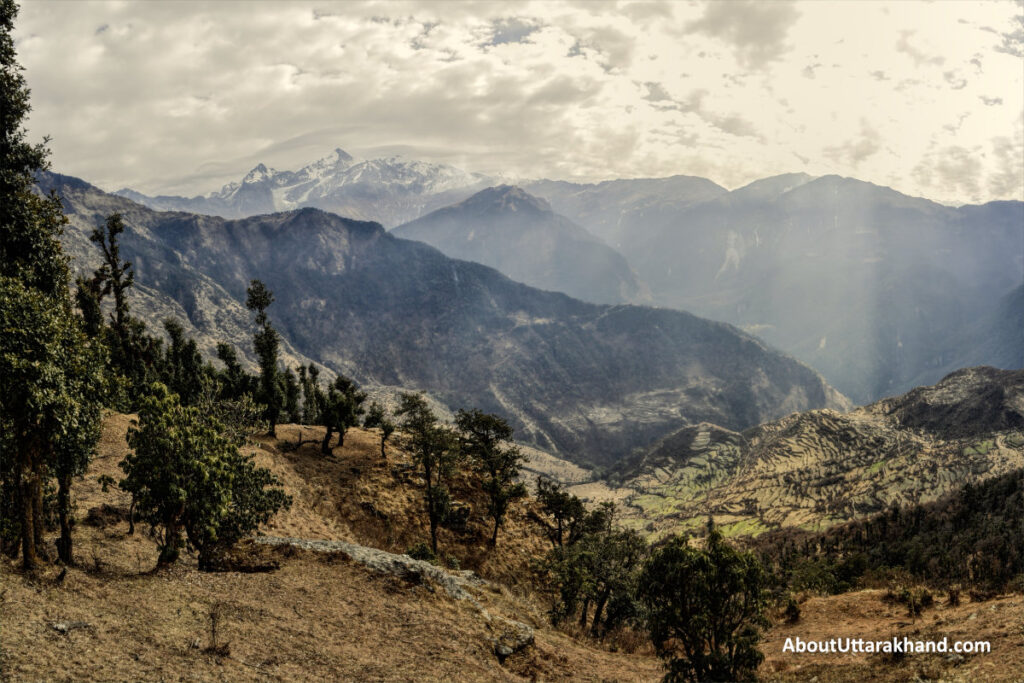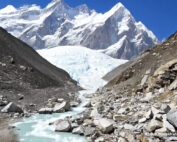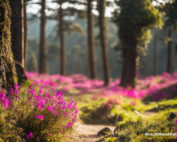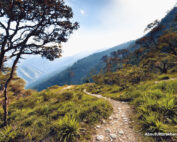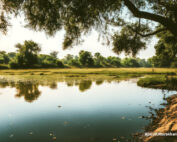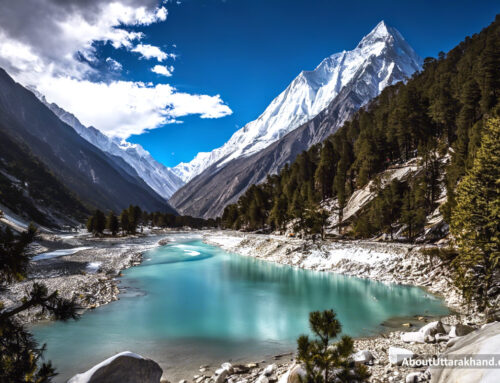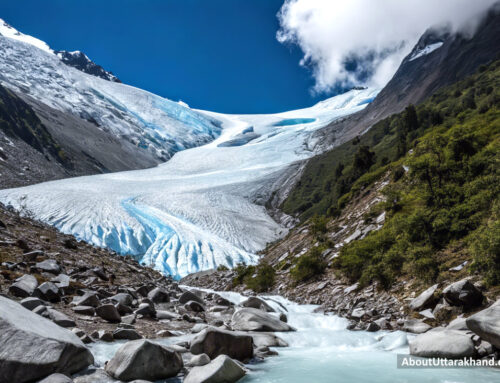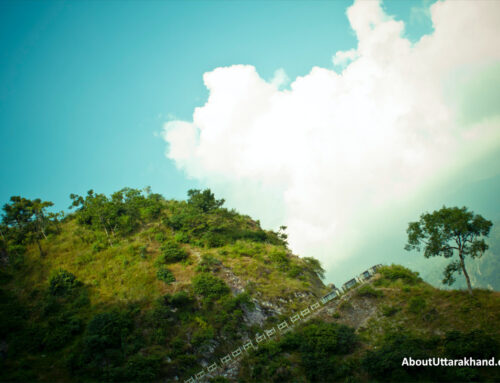Roopkund Trek
The famous and thrilling Roopkund Trek takes you in the wilds of the Garhwal Himalayas in Uttarakhand, India, where lies the mysterious Roopkund Lake, popularly known as the "Mystery Lake". This trek provides an unparalleled combination of adventure, natural beauty, and cultural discovery, and is well-known for its mystery, breathtaking alpine panoramas, and the chance to visit a high-altitude glacier lake.
Table of Contents
Roopkund TrekDetails About Roopkund Trek
History Of Roopkund Trek
Best Time To Reach Roopkund Trek
How To Reach Roopkund Trek
Places To Visit Near Roopkund Trek
To Conclude
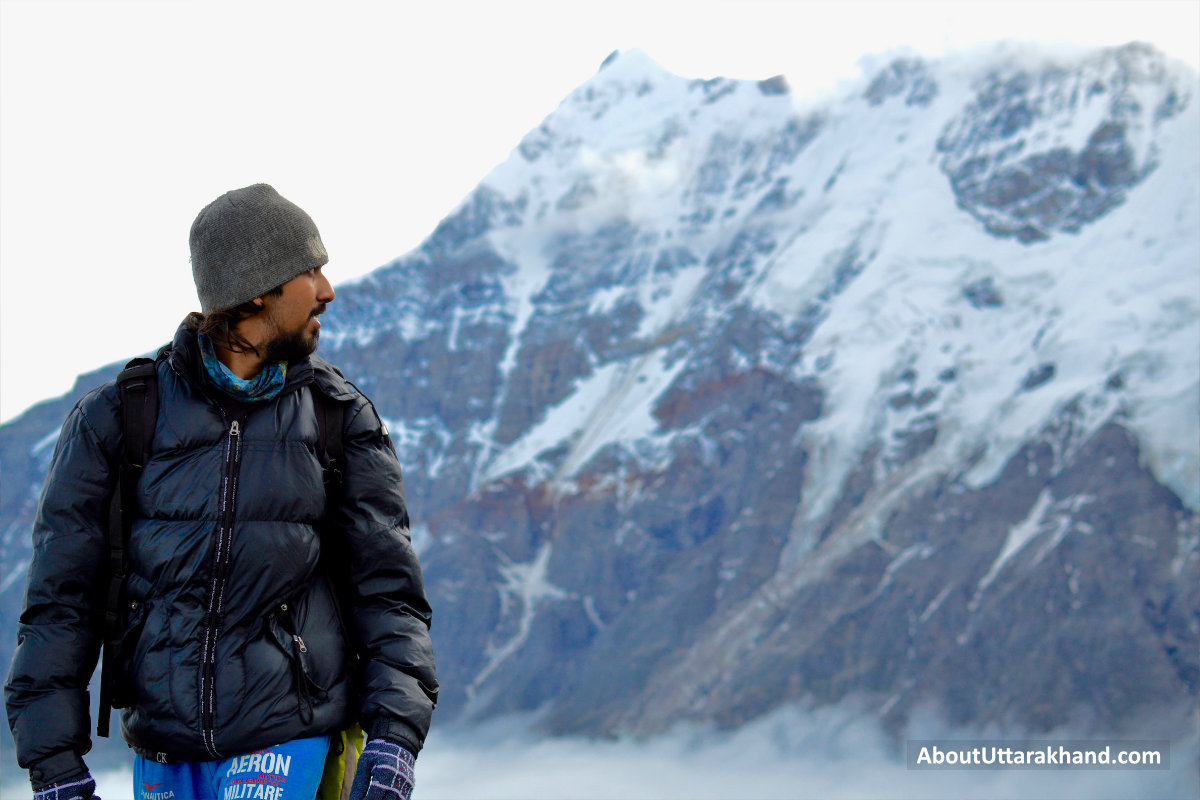
Trekking - Roopkund Trek | Photo Credit: Aman Shrivastava on Unsplash
Details About Roopkund Trek
Intriguing and mysterious, the Roopkund Trek takes travelers to a lake said to contain the skeletons of long-lost civilizations. The enigma surrounding the origin of these bones has inspired various stories and speculations along the way.
The trip begins at Lohajung and continues via the scenic villages of Didna, Bedni Bugyal, and Bhagwabasa. The ascent is gentle, and the scenery along the way includes snowy peaks, green meadows, and dark woods. Before arriving at Roopkund Lake, hikers must traverse rugged pathways and snowy terrain.
The Roopkund Lake itself is the most exciting part of the hike. The lake is surrounded by high peaks and glaciers, and is located at a height of about 4,800 meters (15,748 feet) above sea level. Awestruck hikers may be seen gazing in wonder at the glacier blue waters and the reflected mountains.
Cultural Exchanges: Trekkers may meet and talk to friendly locals in the villages they pass through along the trail. The cultural depth of the journey is enhanced by the opportunities to learn about the locals' beliefs, practices, and customs.
Some of the most famous mountains in the Himalayas, such as Trishul and Nanda Ghunti, may be seen in all their glory from the Roopkund Trek. Beautiful sunrises and sunsets against the background of these towering mountains provide trekkers with moments of reflection and awe.
The track on the Roopkund Trek passes through a variety of environments, from deep forests to alpine meadows, and is hence known for its high biodiversity. The natural beauty of the walk is enhanced by the possibility of seeing many species of flora and wildlife.
The months of May and June, as well as September and October, are ideal for completing the Roopkund Trek. During these times, the weather is mild, the trails are open, and the sky is clear. In the summer, you may see flowers in bloom and rich sceneries, while in the fall, you can enjoy a more peaceful and reflective environment.
The Roopkund Trek is a strenuous high-altitude excursion that is recommended only for hikers with extensive hiking experience and excellent cardiovascular health. The walk is challenging because of the high inclines, rocky trails, and unpredictable weather.
History Of Roopkund Trek
A mysterious and intriguing past is revealed during the Roopkund Trek in Uttarakhand, India. The walk has its roots in the ancient paths that formerly connected far-flung settlements and commerce. Roopkund's significance stems from the discovery of a glacial lake at the mountain's peak, locally referred to as "Skeleton Lake."
In the 1940s, a British forest ranger discovered human skeleton remains in Roopkund, bringing the lake to international notice. Curiosity over these artifacts, which date back to the 9th century, prompted a flurry of academic research. Various explanations, ranging from rituals to natural disasters, have been proposed to explain the lake's beginnings.
The hike itself takes hikers through a variety of landscapes, including woods, alpine meadows, and steep ascents, before rewarding them with stunning panoramas of the lake and the mountains in the distance. The account of Roopkund Trek exemplifies the way in which explorers and adventurers have always been drawn together by a shared fascination in the world around them.
Best Time To Reach Roopkund Trek
The months of May, June, and September and October provide ideal weather for hiking the Roopkund Trek. The weather is mild, the sky are clear, and you can make the journey then. Flowers and verdant meadows blossom in the spring, while fall brings beautiful vistas and a more peaceful environment.
How To Reach Roopkund Trek
| By Road |
The quickest route from Delhi to Lohajung via NH9 and NH87 is via car. Roopkund Trekkers begin their journey at Lohajung. |
| By Train |
You can alternatively travel by train to the Kathgodam railway station and then continue following the directions given above for travelling by road. |
| By Air |
When travelling by air, landing at the Pantnagar Airport is going to be the most convenient option for getting to Lohajung. |
Places To Visit Near Roopkund Trek
| Bhagwabasa |
The magnificent high-altitude camping spot of Bhagwabasa is situated along the famous Roopkund Trail in the Chamoli district of Uttarakhand. It is an essential stopover for trekkers en way to Junargali Pass and Roopkund Lake. Bhagwabasa is a base camp for explorers who want to explore the amazing beauty of the region. It is situated at a height of around [insert elevation] metres above sea level and offers stunning views of the surrounding Himalayan peaks. |
To Conclude
To sum up, the Roopkund Trek is a fascinating and life-altering adventure that allows hikers to discover the mysterious Roopkund Lake among the Himalayas. The trekkers return home with stories to tell, a feeling of achievement, and a newfound appreciation for the untamed landscapes that have inspired explorers and adventurers for centuries.


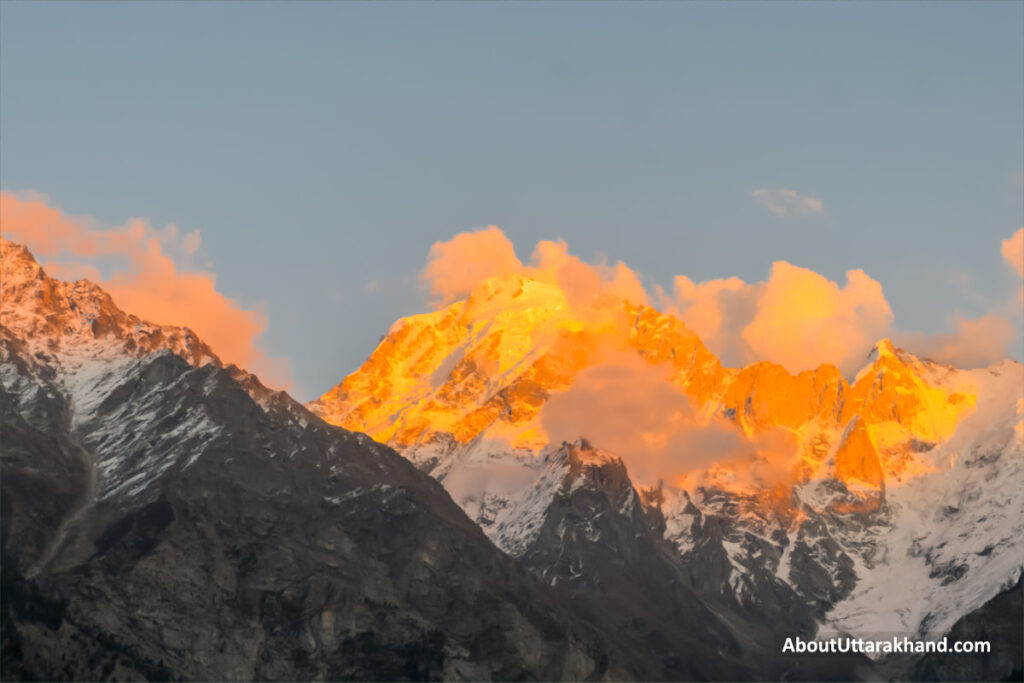
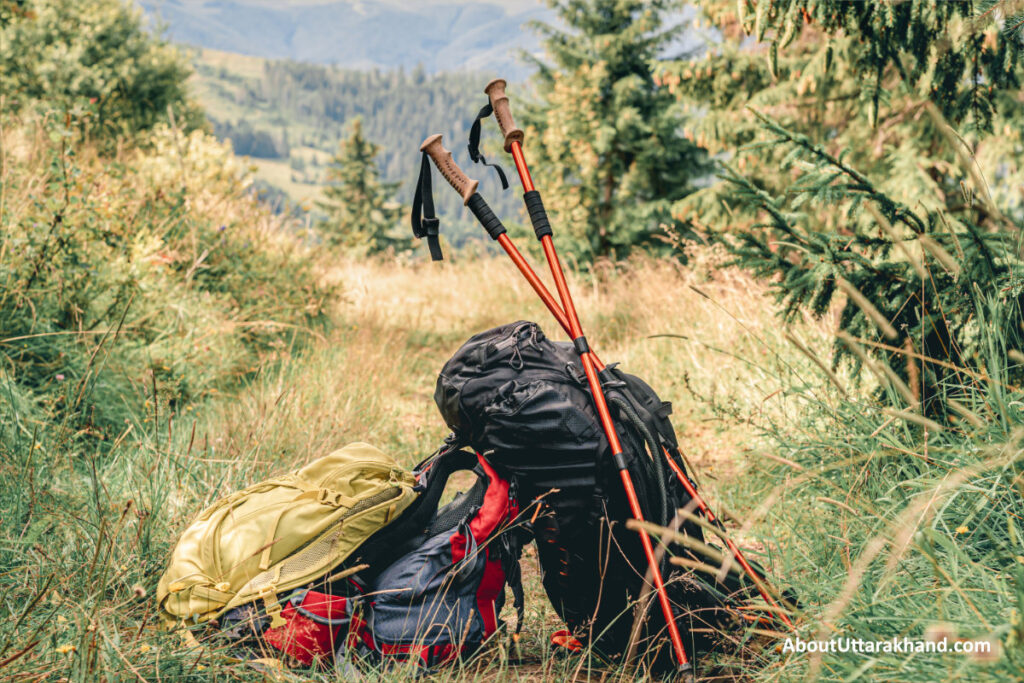
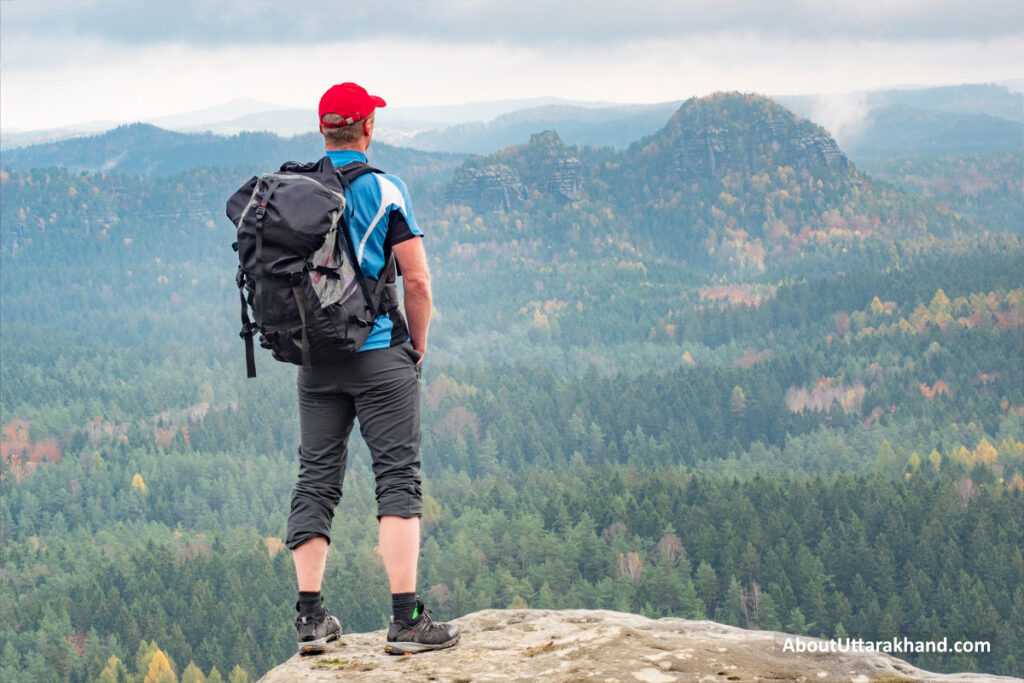
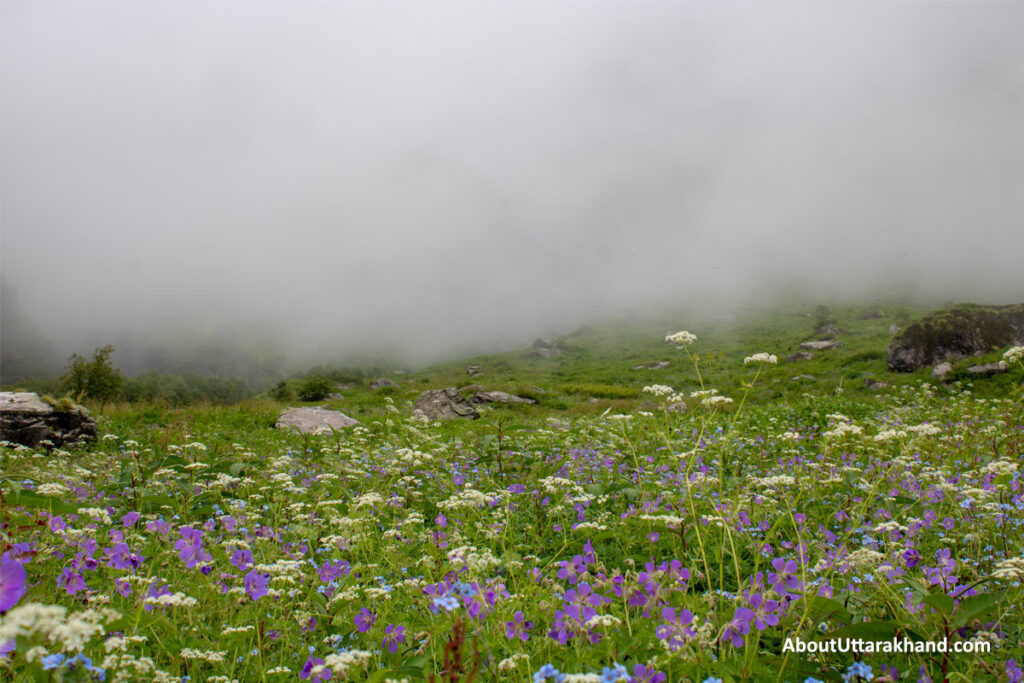
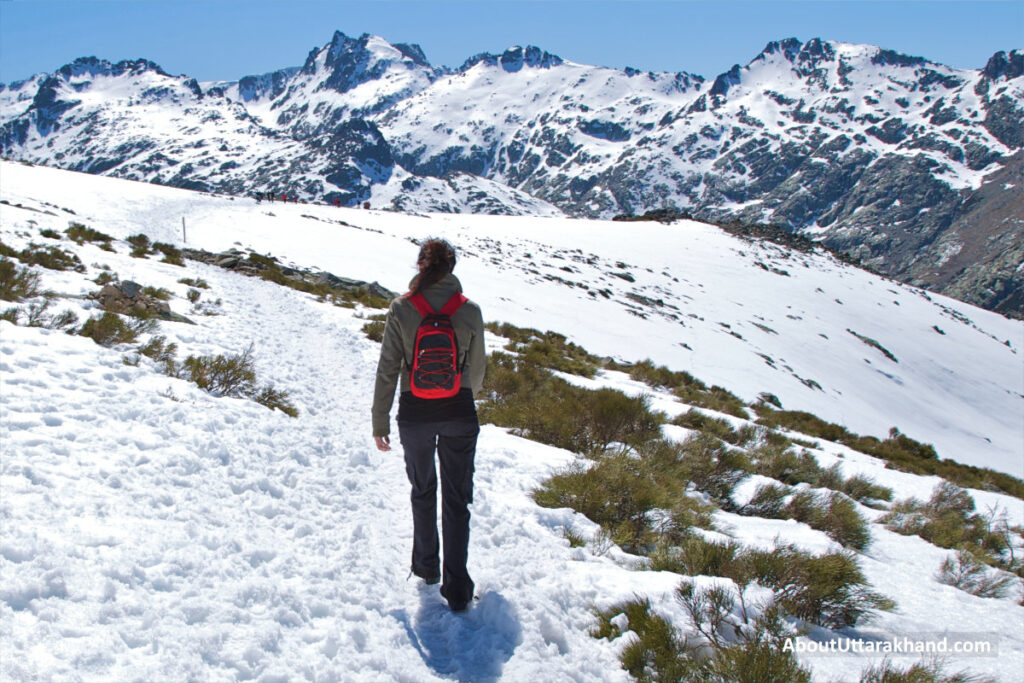
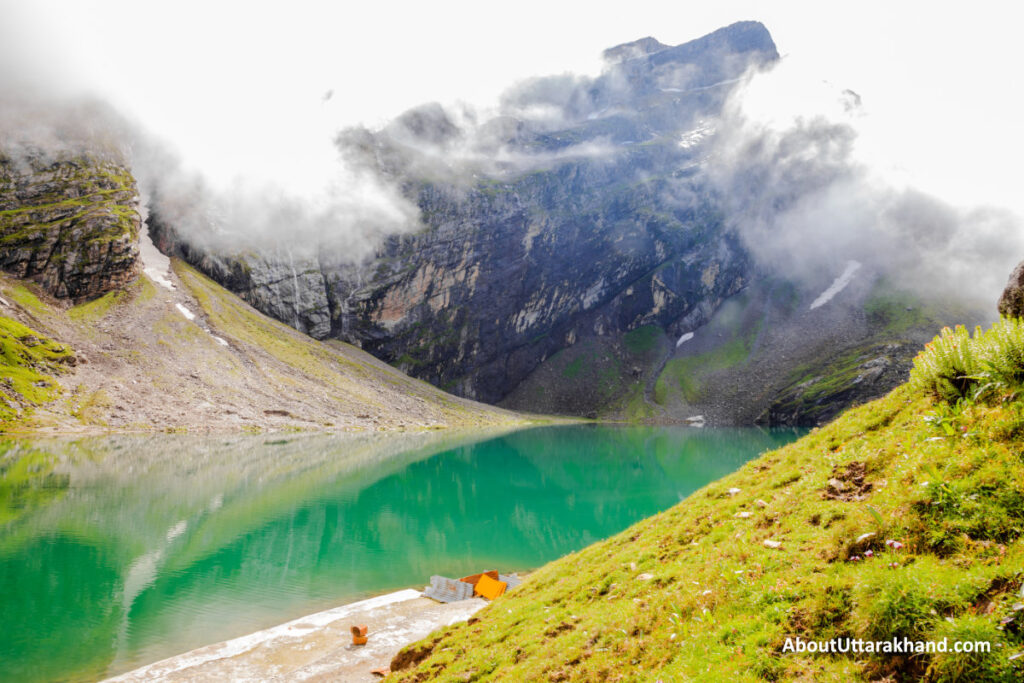



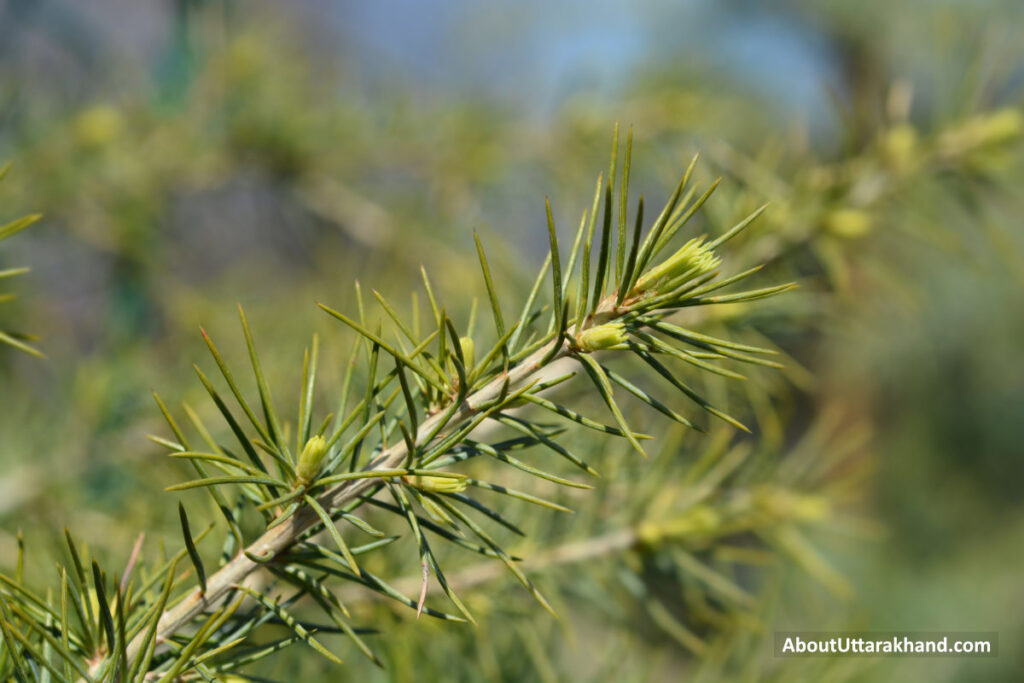

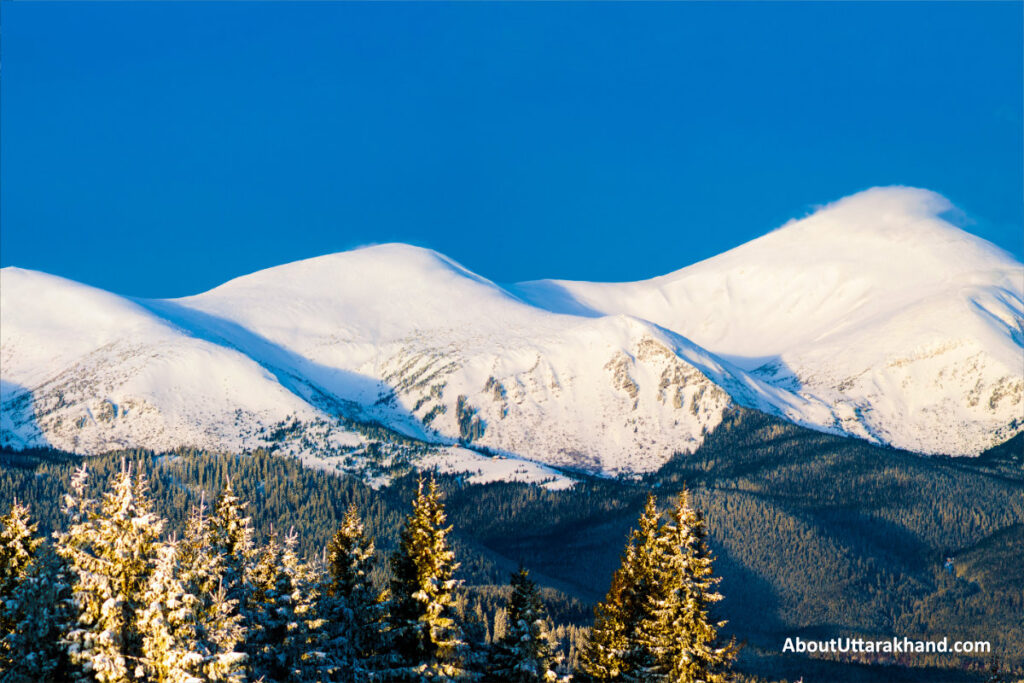

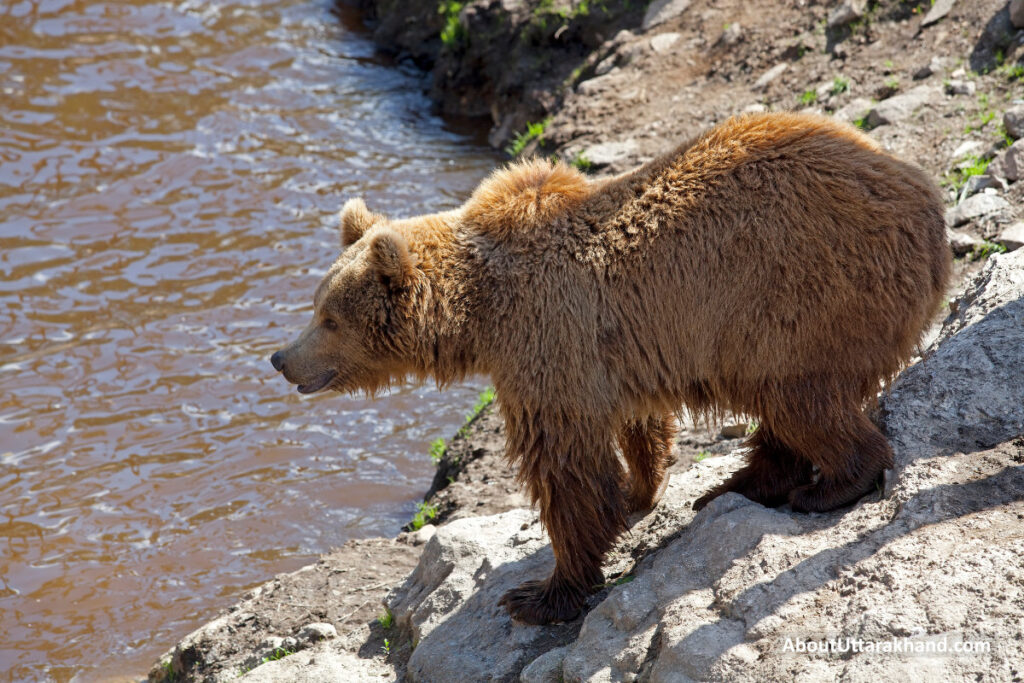

Belle Fable, keeps your trend ahead!
Gaumukh Glacier
The stunning Gaumukh Glacier, in the Uttarkashi region of Uttarakhand, India, is situated close to Gangotri and framed by the towering Garhwal Himalayas. Glaciers like this one attract tourists, hikers, and nature lovers from all over the globe because of the deep religious significance they have for Hindus as the headwaters of the holy Ganges River. The ascent to Gaumukh is an adventure in body and spirit, providing an opportunity to commune with the holy and the natural world.
Nandhaur Wildlife Sanctuary
The Nandhaur Wildlife Sanctuary is a haven for wildlife and stunning scenery, set in the tranquil hills of Uttarakhand. This sanctuary, in the Nainital District close to Haldwani, is a paradise for people who appreciate nature and animals. Its varied habitats, which include grasslands, ponds, and thick forests, have earned it recognition across its 269 square kilometers of territory.
Sonanadi Wildlife Sanctuary
The Sonanadi Wildlife Sanctuary invites animal lovers and nature lovers to come and enjoy the quiet beauty of Uttarakhand's serene surroundings. Hidden in the Nainital District, not far from Nainital, lies a refuge that begs to be discovered. Its varied wildlife and flora make this area, which covers around 301.18 square kilometers, a popular destination for ecotourists and those interested in biodiversity.
Binsar Wildlife Sanctuary
The Binsar Wildlife Sanctuary is a haven for wildlife and a monument to Uttarakhand's rich biodiversity, is situated in the picturesque Kumaon Himalayas. Nature lovers and wildlife aficionados will find this refuge, situated near Almora in the Almora District, to be a paradise. Covering about 47.04 square kilometers, it is famous for its verdant forests, varied fauna, and breathtaking views of the Himalayan mountains in the distance.
Tawaghat Wildlife Sanctuary
The Tawaghat Wildlife Sanctuary is a haven for adventurers and ecotourists, tucked away in the foothills of the towering Himalayas. This hidden gem of a sanctuary is located near Dharchula in Uttarakhand's Pithoragarh District. Despite its relatively tiny size (around 70 square km), this animal sanctuary is just as magical as any other.
Chilla Wildlife Sanctuary
.The Chilla Wildlife Sanctuary, located on the banks of the pure Ganges River, is a living monument to the beauty and variety of Uttarakhand's natural landscape. This sanctuary is a paradise for anyone who love nature and wildlife; it is located in the Pauri Garhwal District, close to Rishikesh. Covering over 249 square kilometers, it is a major wildlife sanctuary in the state that provides a peaceful haven amidst the majestic Himalayas.



